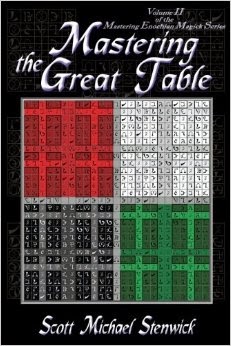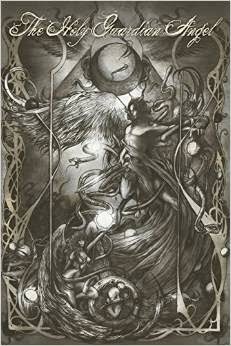There are plenty of possible explanations for UFO sightings besides the presence of alien spacecraft. The most plausible, generally speaking, is that the vehicles spotted are classified prototype aircraft developed as "black projects" for the military. It certainly is interesting to note that the development of the stealth fighter corresponded well with sightings of triangular objects rather than the more old-school saucers, and "Area 51" in Nevada that is famous for such sightings did serve as a testing facility for experimental military aircraft at that time. In fact, according to recently declassified documents from the National Archives, such projects date all the way back to the early "flying saucer" period of the 1950's.
So was it true that some of the most difficult to explain sightings might have been Project 1794 in action? While the air force released some footage of saucer-like aircraft from the period years ago, the performance of the vehicles depicted was laughable. They could hover maybe six feet off the ground and were highly unstable. However, the declassified plans do not appear to be those for any of the silly saucers that the Air Force was previously willing to reveal. Perhaps the plans are for a different prototype altogether that flew far better and faster, and which a few people managed to observe during test flights.
If so, what probably ended the project was the same thing that sank the original Northrup YB-49 flying wing bomber - instability in the air. Northrup-Grumman finally built the flying wing bomber in the 1980's that is currently in service as the B-2 Spirit, but what made it practical was rise of computer-controlled avionics that allow the plane to make tiny adjustments to its control surfaces faster than a human pilot ever could. Such avionics would be even more necessary for a saucer vehicle lacking control surfaces and attempting to maneuver in the air using only ducted fans or similar technologies as the plans seem to indicate.
The National Archives has recently published never-before-seen schematics and details of a 1950s military venture, called Project 1794, which aimed to build a supersonic flying saucer.
The newly declassified materials show the U.S. Air Force had a contract with a now-defunct Canadian company to build an aircraft unlike anything seen before. Project 1794 got as far as the initial rounds of product development and into prototype design. In a memo dating from 1956 the results from pre-prototype testing are summarized and reveal exactly what the developers had hoped to create.
The saucer was supposed to reach a top speed of “between Mach 3 and Mach 4, a ceiling of over 100,000 ft. and a maximum range with allowances of about 1,000 nautical miles,” according to the document.
So was it true that some of the most difficult to explain sightings might have been Project 1794 in action? While the air force released some footage of saucer-like aircraft from the period years ago, the performance of the vehicles depicted was laughable. They could hover maybe six feet off the ground and were highly unstable. However, the declassified plans do not appear to be those for any of the silly saucers that the Air Force was previously willing to reveal. Perhaps the plans are for a different prototype altogether that flew far better and faster, and which a few people managed to observe during test flights.
If so, what probably ended the project was the same thing that sank the original Northrup YB-49 flying wing bomber - instability in the air. Northrup-Grumman finally built the flying wing bomber in the 1980's that is currently in service as the B-2 Spirit, but what made it practical was rise of computer-controlled avionics that allow the plane to make tiny adjustments to its control surfaces faster than a human pilot ever could. Such avionics would be even more necessary for a saucer vehicle lacking control surfaces and attempting to maneuver in the air using only ducted fans or similar technologies as the plans seem to indicate.

























No comments:
Post a Comment